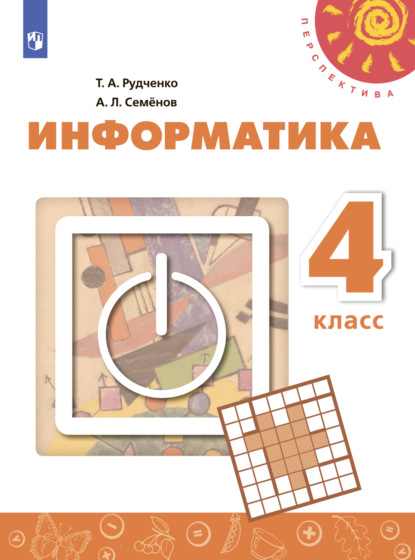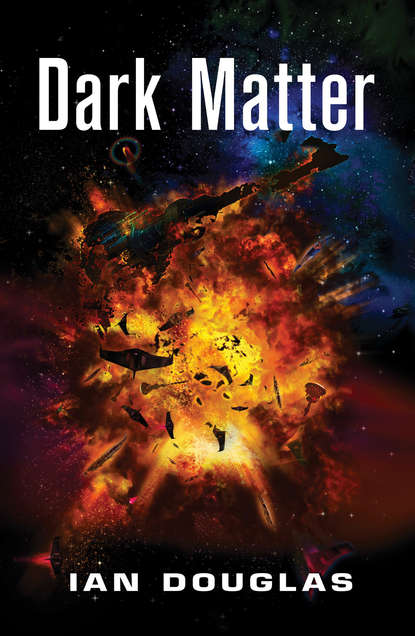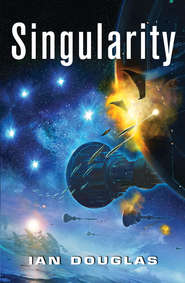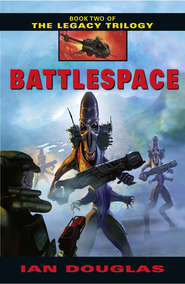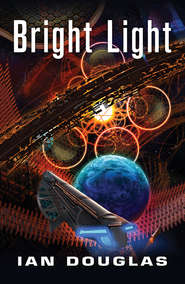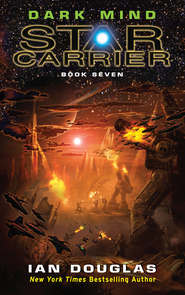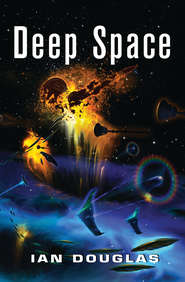По всем вопросам обращайтесь на: info@litportal.ru
(©) 2003-2024.
✖
Dark Matter
Настройки чтения
Размер шрифта
Высота строк
Поля
“Unknown. I am simply relying on Big Data to build up a comprehensive picture of what is going on over there. I have been unable to penetrate Pan-European electronic security.”
That, of course, would have been one of the first things Konstantin tried, and the Europeans would have expected that, and have had their electronic defenses in place. In fact, one of the causes of the war had been their attempt to capture the Konstantin Array, deploying an armored force across the lunar surface from the Confederation base at Giordano Bruno. They’d been stopped on the north rim of Tsiolkovsky Crater by a small force of USNA Marines, but it had been a close-run thing. Koenig had gathered through his daily security briefings that the Confederation had been trying to electronically compromise Konstantin ever since, trying and failing.
So far . . .
Curious, Koenig glanced at the book Tsiolkovsky’s image was holding. He neither spoke nor read Russian, but a translation program riding within his cerebral implant overlaid his mental view with the book’s title in English.
The Will of the Universe: The Unknown Intelligence, by Konstantin Tsiolkovsky, Kaluga, 1928.
Koenig had never heard of it, but wondered if Konstantin was allowing him to see that title for some specific reason. The AI array could be remarkably subtle at times.
“So, do you have any recommendations?” Koenig asked. If others mistrusted the giant AI array, even if he, Koenig, still had misgivings, he nevertheless had been relying more and more on the powerful AI’s advice. Konstantin could mine what was called Big Data, pulling tens of thousands of minute, often unrelated facts from a vast sea of information floating Out There in the electronic ether of Global Net and the various smaller, local news and communications networks. He could piece together disparate data and reveal connections, conclusions and intelligence of which no human observer could have been aware.
“I have been tracking Confederation communications exchanges, and conclude that the rogue component of their government is staging their operation from here.”
One of the screens shifted from the streets of Geneva to a scene in deep space, the vast, ringed glory of Saturn in the distance, a small rock-and-ice moon in the foreground. Koenig read the information scrolling up the side of the screen. “Enceladus? What’s at Enceladus?”
“Evidently, the renegade faction’s headquarters. The evidence suggests that they have been planning this for a very long time. I suggest a Navy-Marine task force tasked with capturing the surface base and any senior personnel stationed there.”
“That may not be easy,” Koenig said. “We’re stretched damned tight right now.”
“I am aware of this. The USNA may need to disengage at several points—retreat—in order to free forces for the strike. Some of the slack might be taken up by Chinese and Russian forces in Asia.”
“We’ll need ships. And right now, most of what we have is protecting the space elevator . . . or in low orbit High Guard, waiting to block another nano-D strike.”
“I do not need to tell you, President Koenig, that a purely defensive stance will, ultimately, fail. Your best chance lies in going over to the offensive. And speed is of the essence.”
“Eh? Why? What else have you heard?”
“Nothing definite. But some of my data mining has revealed an unsettling possibility.”
Koenig sighed. “Okay. What is it?”
“It is possible that the renegade Confederation government has been in direct contact with the Sh’daar, and they may be on their way here.”
The words hit Koenig like a hammer blow. “Christ! The Sh’daar? Here?”
“It may be a good idea,” Konstantin said, “to attempt the destruction of your human enemies before having to face something considerably more exotic . . . and dangerous.”
And Koenig could only nod in dumb agreement.
Chapter Three
20 January 2425
USNA CVS America
Omega Centauri
1750 hours, TFT
The Rosette Aliens were letting them go.
Gray scarcely allowed himself to believe it at first . . . but when a number of those bright silver eggs took up positions around the task force, a few thousand kilometers out and escorted them toward their Alcubierre jump point, effortlessly matching their acceleration, he had to admit that that was the case.
“I just wish we’d been able to open a comm channel with them,” Gray said. He was on the flag bridge, now, sitting at his partially enclosed workstation above and behind the captain’s chair.
“I think,” the CAG said quietly in his mind, “that we have been in communication with them.”
“What do you mean?”
“They turned our recon pilot around and dropped him back alongside the America,” Connie Fletcher said. “Without harming him . . . and that’s important. Kind of like shooing a curious kitten away from the power outlet.”
“We began accelerating out-system, and they paced us,” Acting Captain Gutierrez pointed out. “Seems like pretty clear communications to me. ‘Here’s your hat, what’s your hurry? Don’t let the door slam your ass on the way out.’ ”
“I think you’re right. No specific response on the messages we sent them. I think it possible that they simply aren’t interested in us.”
“Well, Admiral . . . a K-3 civilization might not find a K-1.2 all that interesting.”
“Coming up on our jump point, sir,” the Helm reported. “Twenty seconds.”
The view of the stars outside of the America was weirdly distorted by the carrier’s velocity, now just a hair less than the speed of light itself. The entire universe, the light of all the stars in the Omega Centauri cluster, had been squeezed into a bright ring of light forward. The seconds dwindled away . . .
. . . and then America’s AI pulled the already tightly distorted space around the carrier in, creating a tight bubble that was not, strictly speaking, a part of normal space. Metaspace, the physicists called it . . . and the nonmathematical explanation declared that while a material object such as an atom or a star carrier could not travel faster than light—or, indeed, even reach light speed—there was nothing preventing the space within which it rested from doing so. The Mexican physicist Miguel Alcubierre had worked out the theory in 1994, and the first FTL transit had occurred less than a century and a half later.
At maximum drive, now, America hurtled through metaspace for home.
Gray willed himself to relax. He’d not realized how tense, how stressed he’d been at the prospect of confronting the Rosette Aliens. Sh’daar client species—those encountered so far by Humankind, at any rate—tended to be somewhat more advanced than humans. Higher technology translated as greater power, faster ships, and more deadly weaponry, and staying ahead of such an enemy, meeting him and outfighting him despite his technological lead, was a dangerous and uncertain game.
The Rosette Aliens were far more advanced than any species yet encountered by Earth. A technological difference representing tens of thousands or even millions of years instead of a century or two could not be overcome by grit, cleverness, or determination.
Gray leaned back in his command chair and opened a series of data links. He wanted to see what there was in America’s memory about Kardashev classifications.
He was wondering if the Rosette Aliens might be induced to ally with Earth against the Sh’daar . . . or if Earth would one day have to fight them.
America Data Files
Extant Galactic Civilizations
Classification: Green-Delta
KARDASHEV CLASSIFICATION: First proposed by astronomer Nikolai Kardashev in 1964 as a means of classifying hypothetical galactic civilizations in terms of the amount of energy they use. In its original form, it stated that a Type I civilization utilizes all of the available energy resources of its home planet; while a Type II uses the energy of its entire star system, and a Type III uses the resources of an entire galaxy. Lacking useful fine detail, this early scale was later refined and expanded.
Currently, galactic civilizations, both observed and hypothetical, can be assigned a more precise Kardashev number using the formula K = log10MW/10, where K is the Kardashev level, and MW is the energy, in megawatts, used by the civilization in one year.
Type 0: Established as a baseline, a K-0 civilization utilizes roughly 1 million watts (1 MW) of energy. Energy and raw materials are extracted from crude, organic-based sources such as wood or fossil fuels. Earth’s civilization during the late twentieth century when the Kardashev scale was first proposed, utilizing roughly 15 terawatts globally, would have been defined as approximately K-0.71.
Type 1: A civilization utilizing all energy available on a planetary scale. For Humankind, this would be an energy capability equivalent to Earth’s insolation, the radiation it receives from the sun, or around 1016 watts. It is capable of interplanetary and possibly limited interstellar travel and colonization, of planetary engineering, and can utilize a variety of energy sources, including but not limited to fission, fusion, antimatter, and zero-point energy. Earth’s interstellar civilization in 2425 utilizes an estimated 1018 watts, and therefore has a Kardashev level of approximately 1.2.

